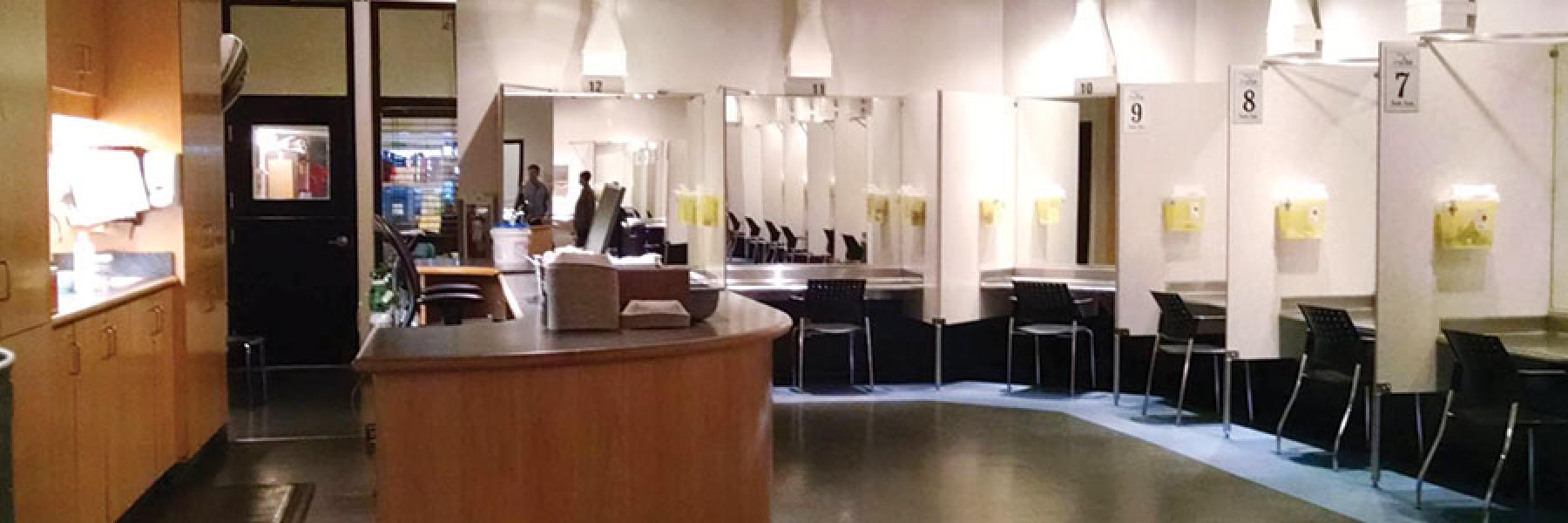
A report released by AIDS United and Project Inform makes the case for establishing protected places where people can safely inject drugs. Citing government and public research conducted in the U.S., Canada, Australia, and Europe, the report states a number of public health benefits, starting with a reduction in the number of drug overdose deaths and new HIV and hepatitis C infections.
There were an estimated 72,000 overdose deaths of both prescription and illicit drugs in the U.S. in 2017. The Centers for Disease Control and Prevention (CDC) determined that people who inject drugs (PWID) accounted for 9% of new HIV diagnoses in the U.S. and about 68% of new hepatitis C (HCV) cases in 2016.
While syringe services programs, such as needle exchange, have been shown to greatly reduce transmission of HIV and HCV, they have been unable to counter the steady rise in drug-related deaths. The widespread non-prescription use of opioids has fueled the sharp increase in drug use—and overdoses.
Titled Bringing Safer Consumption Spaces to the United States, the report determines that a comprehensive and holistic approach to the explosion of drug use should include harm reduction in the form of safe, controlled spaces for PWID.
There are no officially designated safer consumption spaces (SCS) in the U.S., although some operate below the public’s radar in certain communities. There are more than 100 SCS operating in over 66 cities in Canada, Australia, and Europe.
“A holistic, comprehensive approach to drug user health and prevention, which includes a spectrum of evidence-based prevention, treatment, and social services to maximize quality of life and health outcomes, is necessary to combat the opioid, HIV, and viral hepatitis crises,” said Jesse Milan, Jr., president and CEO of AIDS United. “Yet our government response to date has lacked any significant investment in harm reduction. We are calling on private philanthropy to step in and support organizations working to implement and legalize these life-saving services.”
In addition to reducing the number of overdoses, SCS lower the risk of exposure to infectious disease. The report also details other public health benefits of safer consumption spaces, specifically the opportunity to link PWID to assistance with substance use treatment, mental health care, housing, and other social services.
AIDS United and Project Inform interviewed staff members and clients at 12 nonprofit community-based organizations throughout the U.S. One interviewee described how the displacement of people living in a homeless encampment led to an increase in fatal overdoses. As people scattered to different parts of the city, they no longer had access to the services they used, resulting in increased deaths.
An article in Positively Aware’s September + October 2017 issue by Project Inform’s Andrew Reynolds outlined the benefits—and controversy—surrounding SCS.
The federal government is opposed to SCS, and public opinion disapproves of such facilities, taking a “not in my backyard” attitude. AIDS United and Project inform produced the report to develop practical strategies for funding and advocating for SCS and the public health needs of PWID. —RICK GUASCO


